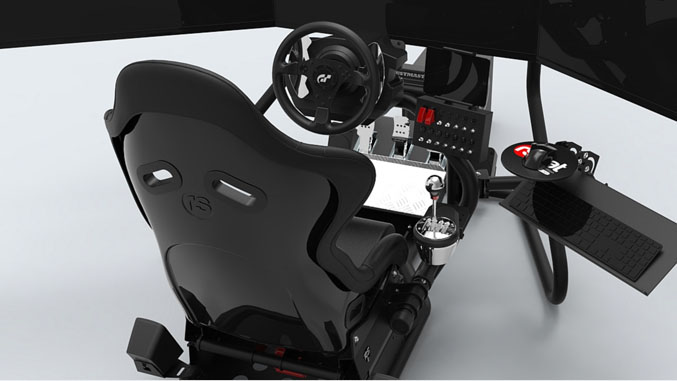The Thrill Of Racing: The Possibility Of Death Is Not The Thing

If you listen to racing broadcasts on TV, you will hear a commentator at some point mention that the draw for racers, the essential thrill of racing, is the proximity they feel to the possibility of death or serious injury. While this trope usually comes from announcers who are not drivers, it will also be articulated by racing drivers, either in their color commentary roles or when active drivers are being interviewed. It has become the most common explanation given to the masses of non-drivers for the overwhelming passion that drivers feel about racing.
The problem is that the idea is utter nonsense. It is pretty obvious that no one wants to die, which would make it a rather strange attraction if it were one. And if you think about it, no one who is alive has any experience of death and therefore they really can’t imagine what it would be like, though they can of course be afraid of the unknown to some degree. In addition, since at least the age of Jackie Stewart in F1 (the 1960s and 70s), a huge amount of effort has been placed on moving the envelope of death and injury farther and farther away from the day to day reality of racing. If death and injury are the source of thrills then making them increasingly unlikely would reduce the thrill and the motivation, and yet there are new drivers every year working overtime to get in cars and find rides. This, to put it mildly, is an unlikely state of affairs when death and injury are actually rather distant possibilities if those are the motivators.

A better explanation is that the draw of racing is somewhat difficult to state for non-racers and therefore the obvious and commonplace (people can die or be injured) is used to explain what is happening. But this is like saying that people like music because it is, or can be, loud. Of course, an explosion or a siren can be loud, and nobody calls them music, so the explanation is unsatisfactory if not outright wrong.
We recently listened to the Dinner With Racers (http://www.dinnerwithracers.com) podcast that interviews former SCCA, IndyCar and NASCAR racer (and physicist) Janet Guthrie. In it, Janet does a nice job of getting much closer to what makes racing so compelling for drivers:
“It was not a matter of fear, I mean you have to have respect for the situation you’re in, but it was a matter of finding out what it was like out there at the borders of human capability… that’s what I loved, really.”
Drivers get to repeatedly and continuously experience the flow of controlling their cars in ways that are difficult to do because you are at the edge of control. Operating on the edge of control means there are consequences to making errors, which gives you feedback, and immediate feedback is very motivating to humans. The consequences are mainly excessive slip angle or inferior ability to put power down or wheels off the racing surface or a spin or a minor impact. Those consequences are meaningful in the context of racing (they lead to slower lap times and loss of position) but they are not life threatening nor do they need to be.
The continuous nature of racing is also a glorious thing because it requires “complete and total focus – it really makes me feel alive” in the words of Thunderhill winner Tom Brown. When you are in the race car, you pretty much can’t think about anything else but driving and that ongoing, lengthy focus is very refreshing and quite unlike most of what we experience in day to day life.
We know dancers and skiers and musicians and even golfers who report similar feelings. The edge of control, the immediate feedback and the requirement of continuous concentration are quite joyful activities. The musician and golfer examples are particularly instructive because the risk of life-threatening injury is just about zero in those endeavors and yet the feelings are parallel to those of racers in many ways.

We bring all of this up because, in addition to preferring the truth over fiction, we think the common, erroneous explanation does little to serve our sport. Your family isn’t happier or less stressed about your racing if they think that you do it in order to have repeated brushes with death. And, prospective drivers aren’t well served if they think fear, injury and death are the reasons to get into the sport.
Each of us has to have our own explanation of why we do what do. We need something in our own words and language. We hope that starting with Janet Guthrie’s idea of “I like to explore the limits of human capability” can serve as useful inspiration.


















